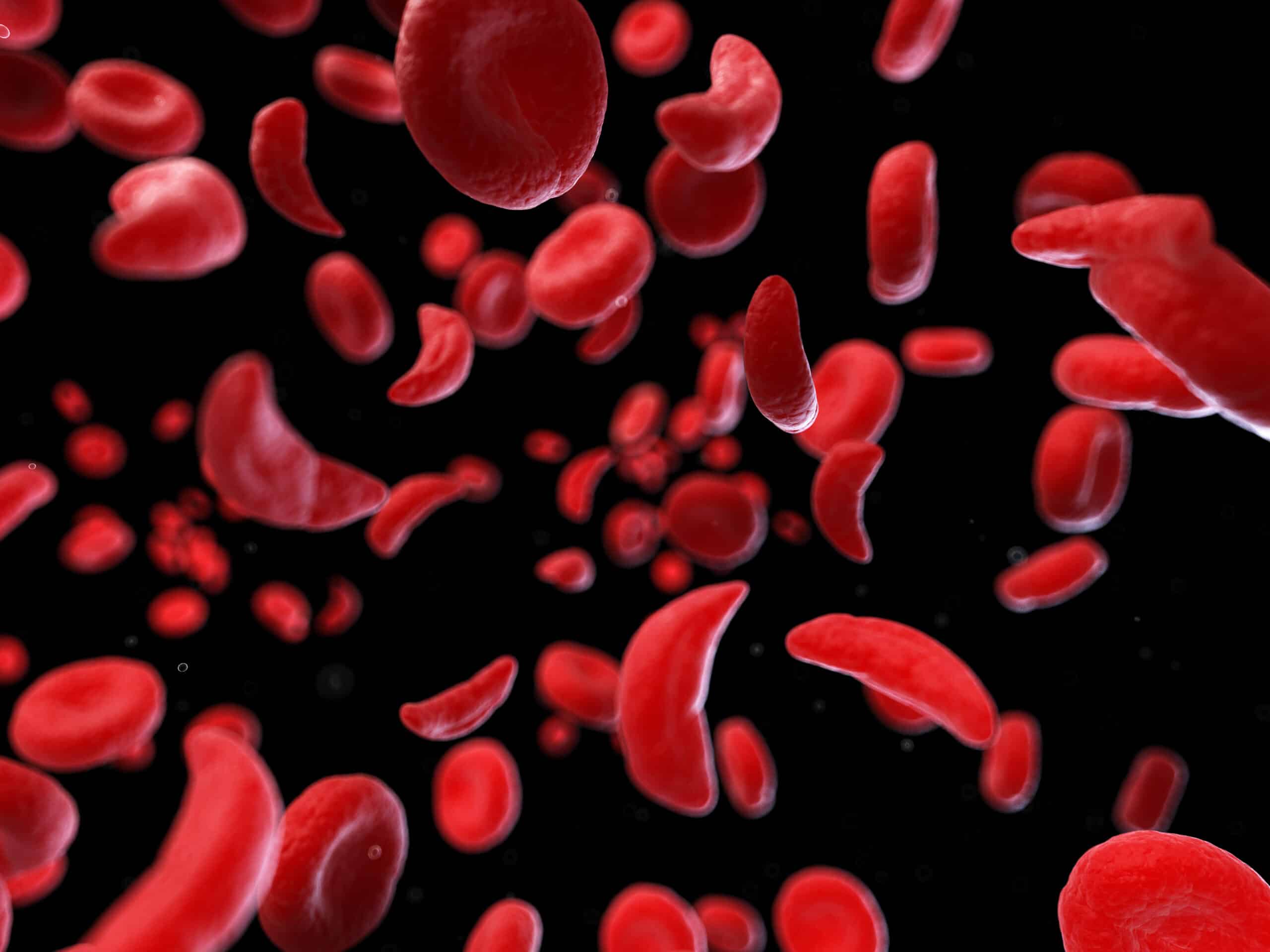The current standard of care for SCD includes medications like hydroxyurea that help with symptom management, and procedures such as bone marrow transplant that, when successful, can cure SCD, but is dependent on finding a matched donor and carries a high risk of rejection.
New and emerging gene therapies for SCD extract hematopoietic stem cells (HSCs) from patients with SCD and edit the DNA within the HSC to remove the mutation that causes the development of abnormal red blood cells. The patients then receive high dose chemotherapy followed by reinfusion of their gene-corrected HSCs which will subsequently produce normal (“SCD free”) mature red blood cells. However, the risk-benefit tradeoff of these new therapies is not yet well established. Over the last few years, gene therapy products for blood disorders, cancer, and other rare diseases have also emerged.
“In recent decades, U.S. survival rates for SCD patients have significantly risen, but the average life expectancy is about 60 years — substantially lower than that of the general population,” said Juan Marcos Gonzalez, PhD, an expert in clinical decision sciences and health-preference measurement at Duke University School of Medicine and the study’s lead author. “Although current therapies are beneficial, many patients will not qualify for a bone marrow transplant and the other therapies will not eliminate SCD symptoms entirely.”
Amidst several gene therapies pending U.S. Food and Drug Administration (FDA) approval, Dr. Gonzalez and his team initiated a study to understand patient views on these novel treatments. They used a discrete-choice experiment survey, which presented participants with pairs of hypothetical gene therapy treatments along with a ‘no gene therapy’ option. The gene therapy choices were characterized by their potential to eliminate SCD symptoms, extend life expectancy, and their associated risks, including treatment-related mortality, infertility, and increased cancer risk.
Across three U.S. clinical sites and with the support of Cayenne Wellness, a patient-driven organization, 174 adult patients and 109 parents of children living with SCD completed the survey. Most survey respondents were willing to choose gene therapy over alternatives. However, when gene therapy posed a 10% or greater risk of death, adults with mild symptoms required a higher likelihood of eliminating SCD symptoms (around 67% on average) than parents of children (around 8%) to ultimately choose gene therapy. In contrast, adults experiencing moderate symptoms required lower success rates. To accept gene therapies posing 10% or 30% mortality risks, these patients required 34% and 37% chance of having their SCD symptoms fully resolved, respectively.
Both adults living with SCD and parents of children with SCD most often opted for gene therapies offering higher chances of eliminating SCD symptoms and giving a longer life expectancy, and less often opted for gene therapies with higher chances of death, controlling for other factors.
“From this study we see that adults and parents of children with SCD are willing to endure a relatively high level of risk to have their disease symptoms alleviated,” said Dr. Gonzalez. “And I think that this demonstrates just how burdensome this disorder is. Parents would show us videos of their children crying because they were having pain crises. As a parent, there’s nothing more gut-wrenching than seeing your child in excruciating pain and not being able to do anything about it.”
Dr. Gonzalez emphasizes that while gene therapies are exciting treatment options and represent a significant breakthrough in the treatment of the disease, they are expensive and researchers were unable to factor in cost-of-treatment into survey questions.
One limitation of the study is that the survey was designed during gene therapies’ development and the researchers had to make educated assumptions about potential risks and respondents had to self-report their symptom severity. Finally, the study focused on patient opinions of one kind of gene therapy using CRISPR-Cas9 technology, but with various gene-engineering techniques emerging, risks and benefits will differ among these technologies.
“Numerous different approaches to gene therapy have emerged since we began this study,” said Dr. Gonzalez. “And as different types of gene therapies gain approval, patients and their providers will have to decide what is best for them. We hope to continue exploring patients’ understanding and willingness to try new therapies in years to come.”




